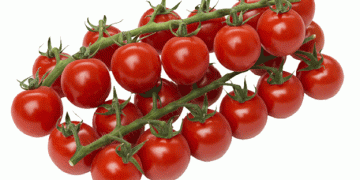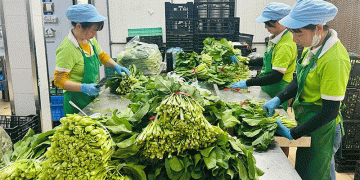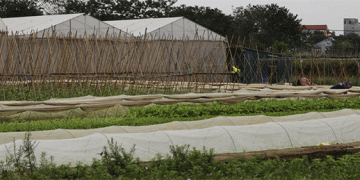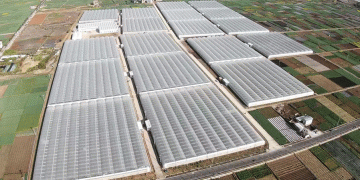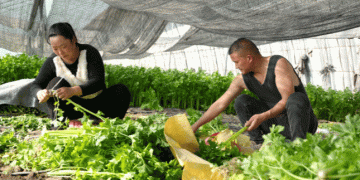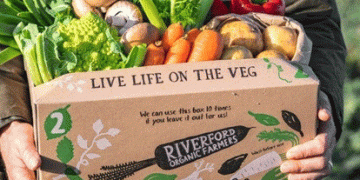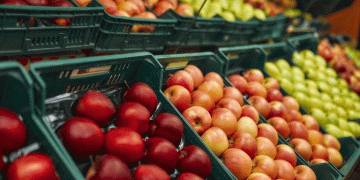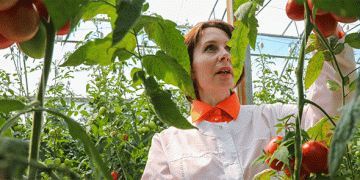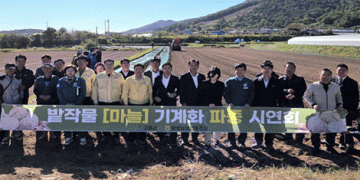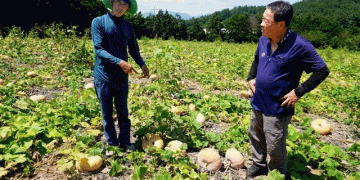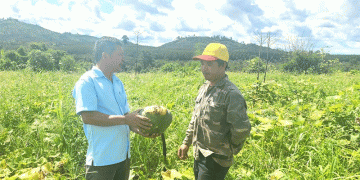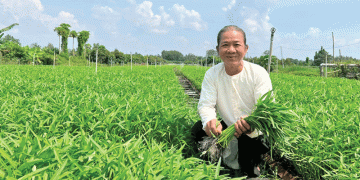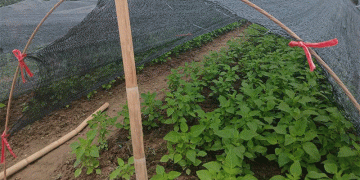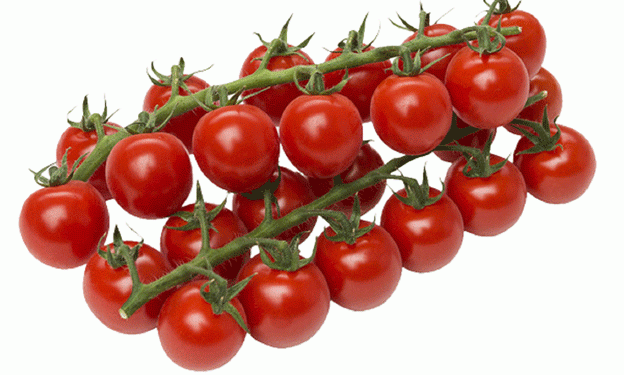Over the past several weeks, European importers have noted a reduced flow of Moroccan cherry tomatoes—a surprising trend given that production volumes in Morocco are currently abundant. According to exporters, the March decline in exports was not due to supply shortages, but rather the result of reduced operations during Ramadan, when shortened working hours and labor shortages slowed down packing and logistics.
However, this slowdown is expected to end by the first week of April, with export operations returning to normal. As of late March, growers are already reporting the collection of large harvests, particularly of elongated cherry tomato varieties, which are in high demand across European fresh produce markets.
Early Peak in Production
Typically, peak cherry tomato exports from Morocco occur in April. This year, however, climate fluctuations—especially higher-than-average temperatures and stable sunlight—triggered an earlier yield spike, starting around March 15. As a result, producers in regions like Souss-Massa and Dakhla have seen above-average yields, according to data from the Moroccan Ministry of Agriculture.
This early abundance has allowed Morocco to maintain its role as the leading non-EU supplier of tomatoes to Europe. According to Eurostat, Morocco exported over 500,000 tonnes of tomatoes to the EU in 2024, with cherry tomatoes representing a growing share due to their longer shelf life and consumer popularity.
Labor and Logistics Bottlenecks
Despite strong agricultural performance, labor limitations during Ramadan slowed post-harvest handling. Many packing facilities operated at reduced capacity, creating a temporary export bottleneck. Similar seasonal patterns have been observed in previous years, but 2025 saw more pronounced effects due to a combination of strong early yields and limited workforce availability during peak production days.
Market Implications for April
The first two weeks of April are expected to see a notable increase in Moroccan cherry tomato exports, helping to stabilize supply and ease upward price pressure in European retail markets. Traders in France, Germany, and the Netherlands have already reported renewed contracts and incoming volumes for the early April window.
Morocco’s cherry tomato season in 2025 is shaping up to be both productive and dynamic. Despite a brief export lull caused by Ramadan, the country’s early and abundant harvests, especially of elongated cherry varieties, are poised to satisfy strong European demand. For farmers and traders alike, adaptability in labor and logistics planning during key cultural periods will be crucial for maximizing market potential.
